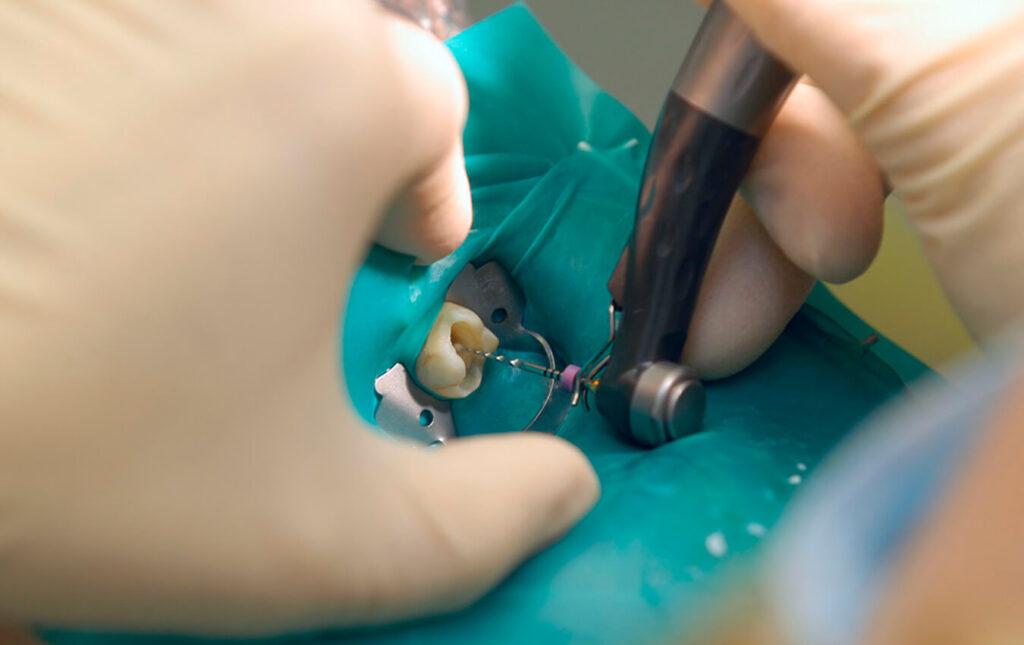
Getting To The Root Of A Root Canal
As the name implies, a root canal procedure treats the decayed, and sometimes infected, root of a tooth. This can occur when a cavity gets out of hand or is left untreated for too long and infection sets in. Inside the center of the tooth is material called the pulp where nerves and blood vessels supply oxygen to healthy teeth. When a tooth decays, it allows bacteria to enter what is called the “pulp chamber” and the result can be a very bad infection and the death of the nerve.
And you’re probably thinking, “yech!!” Well, it gets better from here because the description of truly awful tooth decay is probably the worst of the story. From that point on, the treatment is sophisticated and relatively easy on the patient.
Either a dentist or an endodontist (a dentist specializing in disease and treatment of dental pulp) can perform a root canal procedure and take care of the problem. The treatment is basically to clean out the infected pulp chamber, remove any decayed nerve or other material, treat the infection and seal the tooth. This could all be done the same day in some cases; but if the dentist or specialist feels the infection is serious enough, s/he may choose to pack the pulp chamber with antibiotics, temporarily seal the tooth and wait a week for the infection to clear up. In really bad cases, you may even be given an oral antibiotic to help things along.
When the dentist/endodontist is ready to complete the root canal procedure, she will fill the tooth with a sealer paste and rubber compound called gutta percha. This material is placed in the tooth all the way to the tip of the root. Remember, if you’re getting that “yech” feeling again, by this time there is no nerve in the tooth through which to feel any of this, so it’s pretty much like getting a regular filling from your point of view. Once the root is packed, the dentist/endodontist will be able fill the tooth, in much the regular manner. If the cavity was very large or part of the tooth broke off, as often happens with deep infections, you may need more restoration than can be done with a filling. Often, getting a crown goes hand in hand with a root canal.
So the root of all root canals is the need for good prevention and early treatment. Since a root canal procedure is done because of a cavity, the message here is to not let the little problems go.

